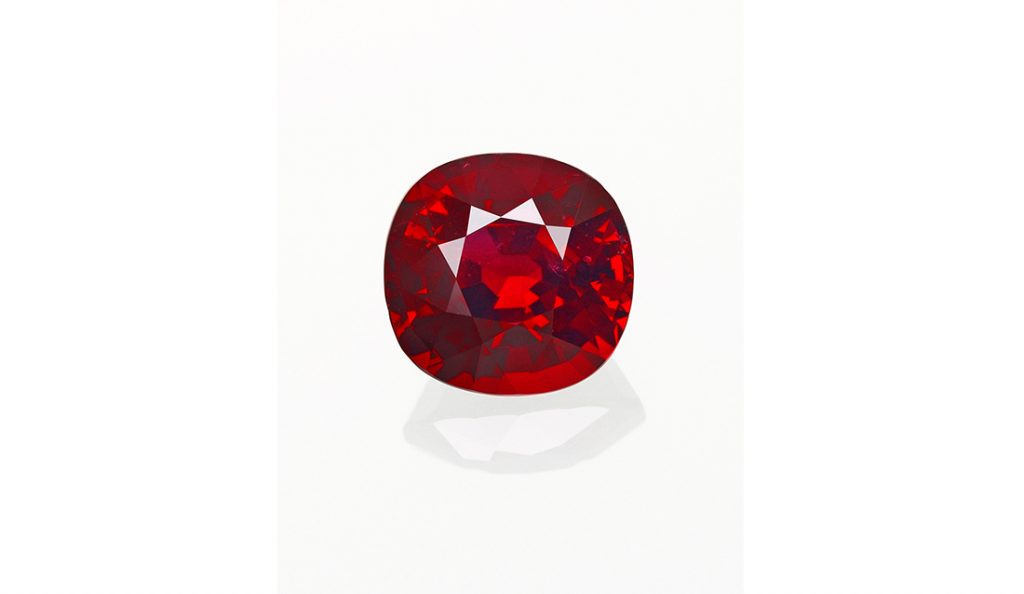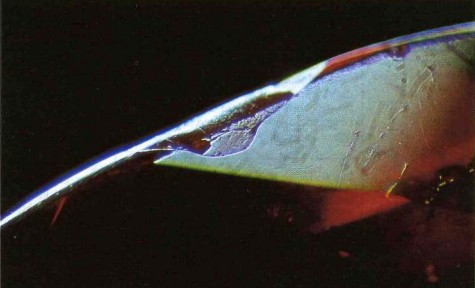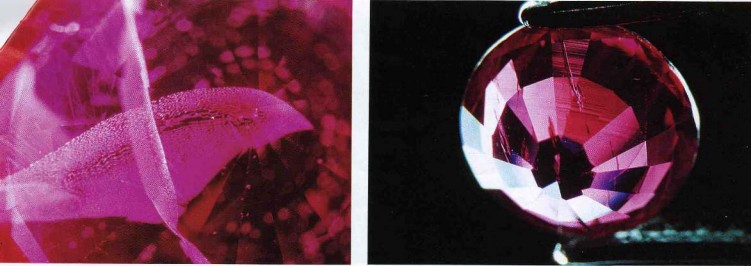
Didy Rubies

by Dr. M.S. Krzemnicki, first published in Facette 21 (February 2014)
Since 2012, a new gem find near Didy (Madagscar) has produced some sapphires and rubies of outstanding size and quality (Pardieu et al. 2012, Peretti and Hahn 2012). This material originates from a remote area in the jungle south of the small village of Didy, near Ambatondrazaka in central Madagascar. The finding of gemstones in the area immediately created a “gem-rush” with hundreds of miners and buyers attracted by the perspective of fortune, but was soon after closed down by authorities as it is located in a conservation area. To our knowledge, there is – after the first rush with a notable quantity of fine stones – only a limited supply of additional material presently. Nevertheless, material from this new source has left its mark on the gem-trade, mostly because of the high quality and large size of some of the gems found during the gem-rush in 2012. The SSEF has analysed a number of very attractive rubies from Didy in the range of 5 to 26 ct, all of them characterised by an outstanding purity. This material is in many aspects reminiscent of rubies from Winza and is similarly related to amphibolites – and can sometimes present characteristic short prismatic greenish amphibole inclusions.
Additionally, the investigated rubies from Didy have a slightly orangey-red colour hue and weak greyish to bluish colour zones, but lack fine rutile needles (silk) commonly found in rubies from Mozambique and other sources. The rubies analysed by SSEF were exceptionally pure. They showed a rather low luminescence reaction due to their iron content that is quite similar to rubies from Winza and Mozambique. They also often show a characteristic peak at 3160 cm-1 in the FTIR spectrum, attributed to structurally bonded OH-2+ associated with Mg2+ (Smith and Van der Bogert, 2006).
With this new source of rubies and sapphires of fine quality, Madagascar has again proven its importance as a source of fine gems for the gemstone trade. Madagascar has a strong geological potential and we are very likely to see new gemstone finds from there in the future.
Want to learn more about rubies?

Sign up for our free online course: Introduction to rubies


